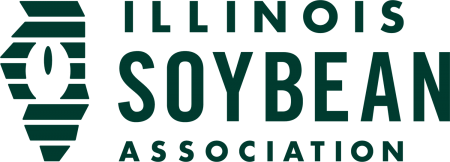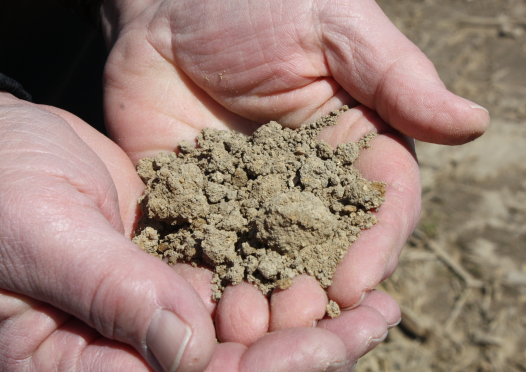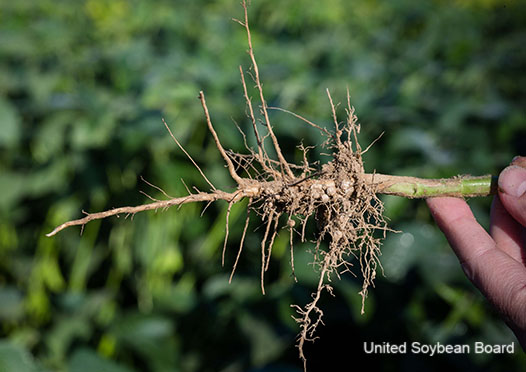Soil health tests are a big conversation topic these days, but there’s a lot of conflicting information out there. Presented by Stacy Zuber, Ph.D., State Soil Health Specialist with USDA Natural Resources Conservation Service, this webinar discusses how soil health tests differ from measuring soil fertility, sampling and handling procedures and how to interpret your results.
Presenter: Stacy Zuber, Ph.D., State Soil Health Specialist with the... Read More →
ILSOYADVISOR POST
Webinar: Optimizing Crop Nutrition With Tissue Testing
May 03, 2017
Jason Haegele from WinField United explains the basics of tissue testing, including nutrient uptake and interaction, sampling methods, sufficiency levels, and how to interpret results.
Key Takeaways
- The Yield Game & Nutrient Management
- To increase yields, better in-season management is needed
- Today, optimal fertility (and high yields) is gained by:
- Tissue testing and applying specific essential nutrients at optimal growth stages
- How does tissue testing help with maximum nutrient uptake?
- Simple, effective tool for understanding crop nutrient needs
- Measures nutrient levels in the plant throughout the season whereas soil tests measure at one point in time
- Insights drive quick nutrient adjustments before visual symptoms appear to affect yield
- How to tissue sample
- Be crop specific, different crops require different sampling times for optimal results
- Choose optimal leaves
- Sample between 30-35 plants
- Use healthy tissue
- Collect a specific amount of plant material
- Randomize the plant selection process
- Avoid contamination
For Soybeans: Sample at V3-V5 and twice between R1 and R4 at the uppermost fully open mature trifoliate leaf, remove petioles
- How to Understand the tissue test report
- Deficient range is the zone where you can expect visual deficiency symptoms. Depending on the growth stage, yield reduction may have already occurred. Fertilizer may halt further decline, but lost yield will probably not be recovered
- Responsive (low) range is the low part of the sufficiency zone where yield reduction is expected, but visual deficiency symptoms are not yet present
- Adequate (sufficient) range is the target zone, the goal is to manage fertilizer applications to obtain the middle of this range
- Excessive range indicates a severe imbalance that may lead to toxicity and the death of the plant
- Conclusion
- In-season nutrient management examples show that applications of micronutrients at the optimal time allows for larger ears of corn and higher yields





Comments
Add new comment